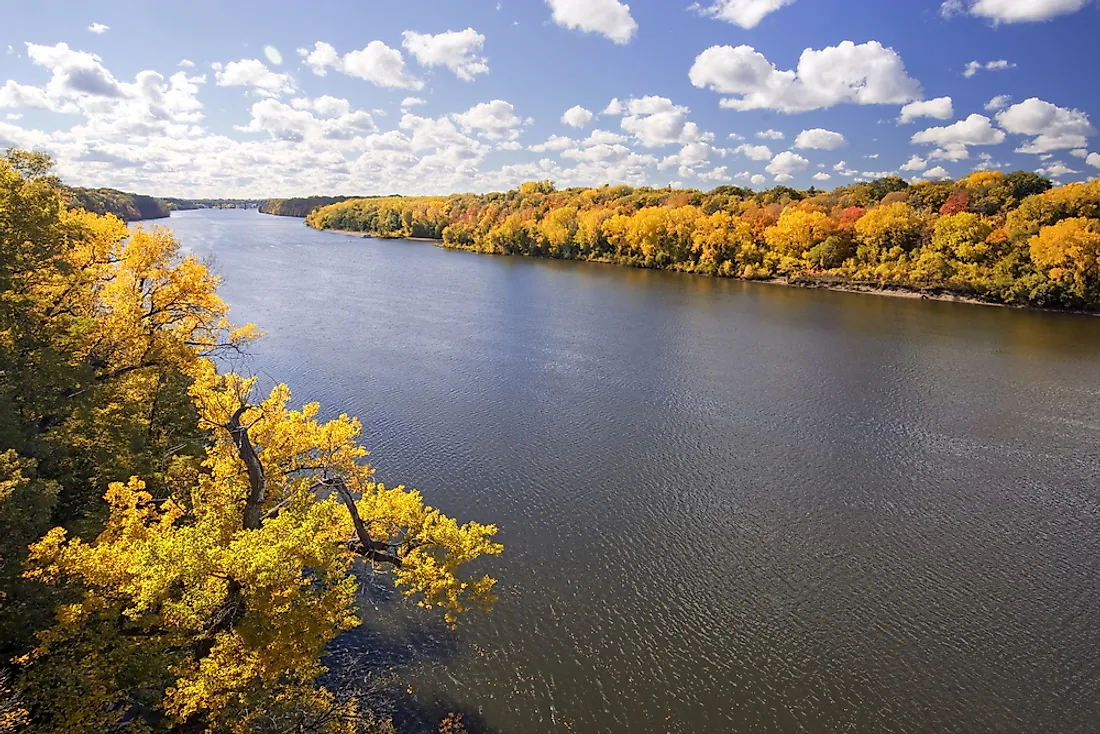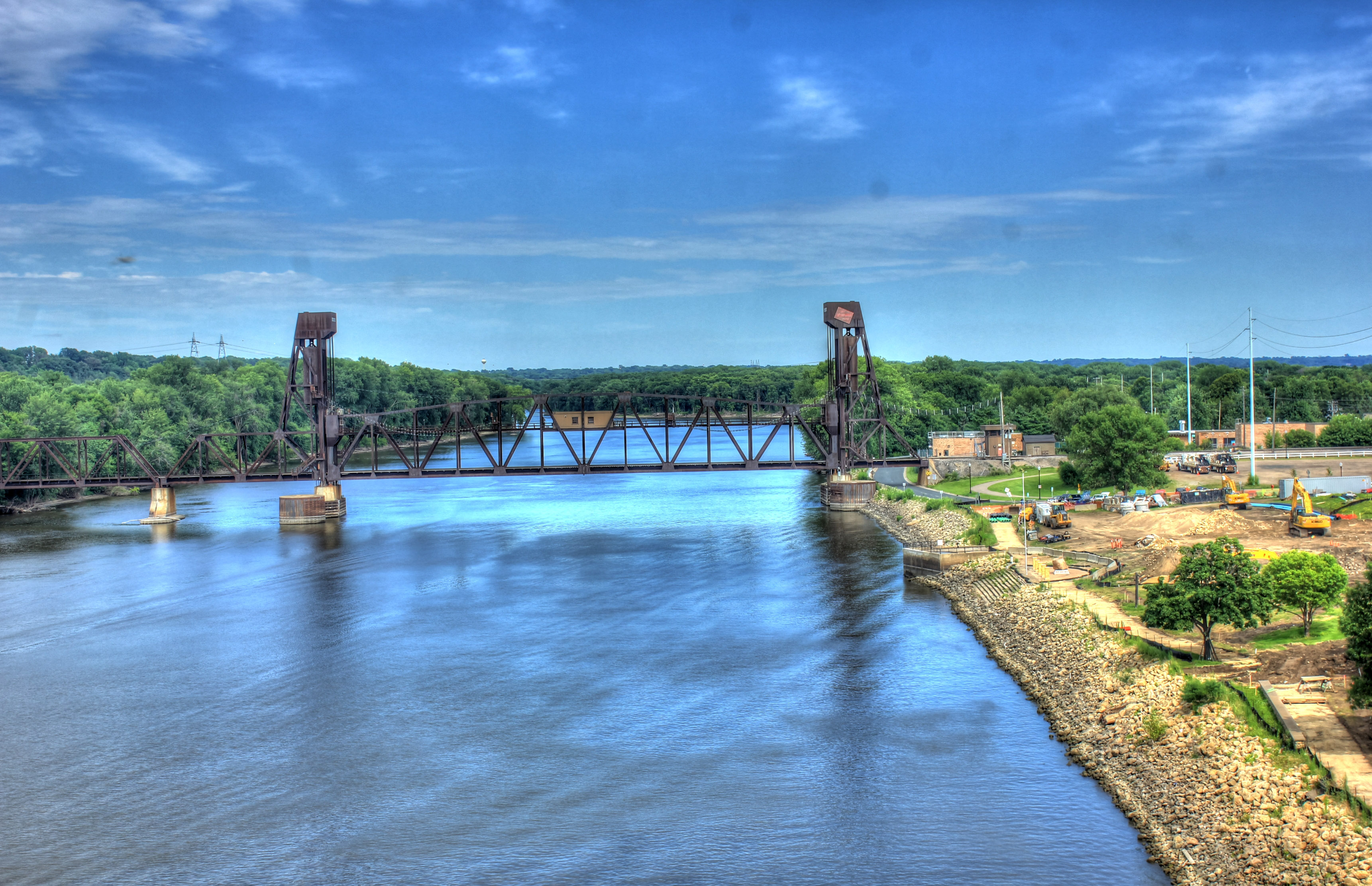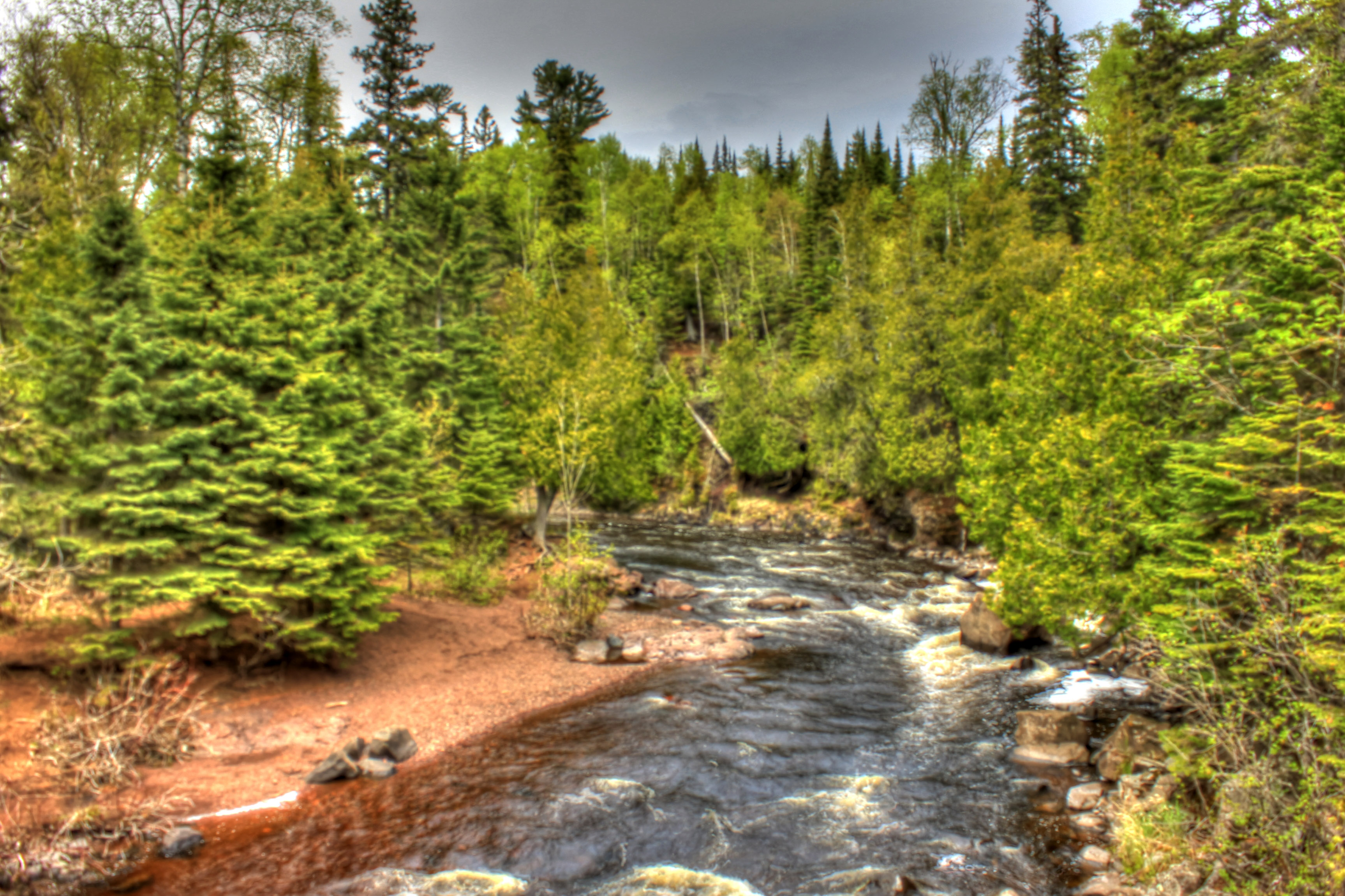Historical Significance of the Minnesota River

The Minnesota River, a prominent waterway in the heart of the Upper Midwest, has played a pivotal role in shaping the region’s history and identity. Its meandering course has served as a vital artery for trade, transportation, and cultural exchange, leaving an enduring legacy on the communities that have flourished along its banks.
The Minnesota River, a winding waterway flowing through the heart of the Midwest, holds a chapter in its history that forever altered its course. In 1965, the tragic rapidan dam break unleashed a torrent of water, reshaping the river’s landscape.
The aftermath of this devastating event left an indelible mark on the river’s ecology, shaping its present-day flow and the vibrant ecosystem it sustains.
Role in Native American Culture
For centuries, the Minnesota River was a central gathering place for Native American tribes, who relied on its abundant resources for sustenance and spiritual sustenance. The river’s fertile floodplains provided ample hunting and fishing grounds, while its wooded banks offered shelter and building materials. Tribes such as the Dakota, Ojibwe, and Ho-Chunk established villages along the river’s course, forming intricate trade networks and cultural connections.
The Minnesota River, a tranquil waterway that meanders through the heartland, has witnessed the devastating impact of rapidan dam flooding. The once-serene riverbanks overflowed, leaving behind a trail of destruction and heartbreak. As the waters receded, the Minnesota River stood as a poignant reminder of nature’s unyielding force and the resilience of the communities that call its banks home.
Exploration and Settlement
In the 17th century, European explorers ventured into the Minnesota River Valley, drawn by tales of its wealth and strategic importance. French fur traders established trading posts along the river’s banks, facilitating the exchange of goods between Native American tribes and European settlers. As the fur trade flourished, the river became a vital artery for the westward expansion of the United States.
The Minnesota River, a tributary of the Mississippi, meanders through the heart of Blue Earth County , carving a fertile landscape. This county, named after the vibrant blue earth found along the riverbanks, has witnessed the river’s transformative power over time, shaping its history and nourishing its communities.
Economic Development
During the 19th century, the Minnesota River played a key role in the economic development of the region. The establishment of sawmills and flour mills along its banks transformed the river into a major transportation route for agricultural products. Steamboats carried wheat, corn, and other commodities downriver to markets in Saint Paul and beyond, contributing to the growth of the region’s economy.
Ecological Impact of the Minnesota River

The Minnesota River’s ecological impact is significant, with a rich and diverse ecosystem. The river supports various flora and fauna, its water quality affects the health of its inhabitants, and human activities pose challenges to its ecological balance.
Flora and Fauna
The Minnesota River supports a diverse range of plant and animal species. Its banks are lined with a variety of trees, including cottonwoods, willows, and maples. The river’s waters are home to over 100 species of fish, including walleye, bass, and catfish. The river also provides a habitat for a variety of birds, mammals, and reptiles.
Water Quality
The Minnesota River’s water quality has been impacted by human activities. Agricultural runoff, industrial pollution, and wastewater discharge have all contributed to the degradation of the river’s water quality. The river’s water quality is monitored by the Minnesota Pollution Control Agency, which has set standards for various water quality parameters.
Human Impact, Minnesota river
Human activities have had a significant impact on the Minnesota River’s ecology. Pollution from agricultural runoff, industrial discharge, and wastewater treatment plants has degraded the river’s water quality. Additionally, habitat loss due to urbanization and development has reduced the amount of habitat available for fish and wildlife.
Recreational and Economic Value of the Minnesota River

The Minnesota River offers a diverse range of recreational and economic benefits, enriching the lives of communities along its banks and contributing to the region’s prosperity.
Recreational opportunities abound on the river, attracting enthusiasts of all ages and interests. Anglers cast their lines for walleye, bass, and catfish, while boaters navigate the river’s meandering course, enjoying the serene beauty of its surroundings. Hiking trails wind along the riverbanks, inviting nature lovers to explore the diverse flora and fauna that call the river home.
Economic Benefits
The Minnesota River plays a vital role in the region’s economy. Tourism thrives along its shores, with visitors drawn to its recreational opportunities and scenic beauty. Agriculture flourishes in the river’s fertile basin, supporting a thriving farming industry. Additionally, the river serves as a critical transportation artery, facilitating the movement of goods and services.
The potential for further economic development related to the river is vast. Investment in infrastructure, such as marinas and boat launches, could enhance recreational opportunities and attract more visitors. Sustainable development of the river’s natural resources, such as wind and solar energy, could create new industries and jobs. By leveraging the river’s unique assets, the region can unlock new avenues for economic growth and prosperity.
The Minnesota River, a meandering waterway, traces its path through the heart of Minnesota. As it flows southward, it traverses Blue Earth County , a region known for its fertile soil and picturesque landscapes. Blue Earth County has played a significant role in the history and development of the Minnesota River, providing sustenance to its communities and shaping its course through the region.
The meandering Minnesota River, a ribbon of blue weaving through the heart of the state, carries a rich history and diverse ecosystems. Its pristine waters nourish vibrant wetlands, where waterfowl dance and wildlife thrives. As it flows towards the Mississippi, the Minnesota River connects communities and industries, a testament to its enduring legacy.
Learn more about this majestic waterway and its captivating story.